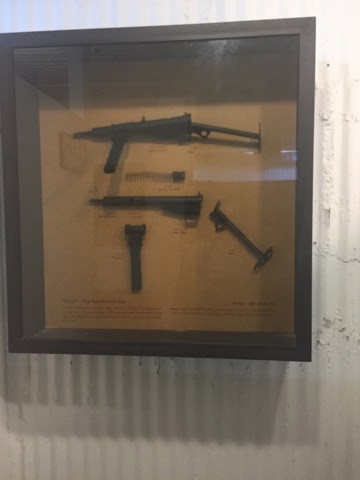
24 Hours of Incredible
On a purely experiential level our second day in Tel Aviv distilled all that we have seen in this country over the past 2 1/2 weeks. As if it was orchestrated, the following series of places and events cemented the mythic proportions of what has transpired here and brought home the unique message behind the state.
where David Ben Gurion issued his declaration of statehood hours after the UN vote, granting national status to Israel, a resolution agreed upon by both the USA and the USSR during the height of the Cold War. Call that miracle #1. Many films exist showing anxious Israelis seated around their radios, keeping a checklist of pros, cons, and abstentions that fateful day. Being in a room in which the various ministers of the state-to-be were gathered, seeing the original chairs with nameplates as illustrious as Golda Meir’s and seeing other chairs vacant due to inaccessibility to Tel Aviv as a result of skirmishes instituted by their neighbours, provided a sense of intimacy and urgency reflective of the moment. The building was the home of Tel Aviv’s first mayor. Being childless, therefore not in need of such grandiose (by Israeli standards) a dwelling, he ceded occupancy in favour of a new national art gallery. As a sideline, there is a statue outside the building on Rothschild Avenue of Meir Dizengoff, who was Tel Aviv’s first elected municipal hea, astride his horse, which, if the statue was accurate in anatomical detail, was female. So, effectively, the statue is of Mayor Meir’s mare. No word of a lie.
Situated just a few kilometres from the heart of Tel Aviv, the collective owns an incredible piece of Independence history. Beneath two innocuous buildings on the kibbutz, it’s bakery and it’s laundry, an underground (both literally and figuratively) factory produced 9mm bullets used by the Haganah, Palmach and other Israeli resistance forces both prior to and during the 1948 War of Indepenance. Situated a few meters from the nearest British checkpoint, 45 individuals worked all day producing ammunition using machines smuggled in from Poland and brass provided through a friendly Arab cosmetics manufacturer who convinced the British that the brass was being used for lipstick casings. The factory was accessed through a trap door situated under a laundry machine.
The machine was selected because of the tremendous amount of noise that it made while washing sheets and clothing, masking the sounds of the machines below. Venting the fumes from production was one of the reasons the bakery was chosen to occupy the other end of the ruse.
Mixing the smell of cooking bread with the smell of grease and brass cuttings masked any telltale odours. Discovery by the British would have resulted in immediate execution. Those who agreed to partake in the mission were teenagers, insistant on doing whatever was needed to help the country establish itself. They were told that a dangerous mission awaited them and, without the details of what was to be involved, were asked to vote yes or no. It took a few meetings but eventually the affirmative decision was rendered. Lori and I, visiting the Cu Chi tunnels in Viet Nam were both amazed at the tenacity and ingenuity of the Vietnamese to construct subterranean hospitals, factories, storerooms, etc. to help the war effort. What we saw on Ayalon was similar in nature. Lori coined the term in-Jew-nuity and nothing could better describe the situation. Examples- bullets were fired in a mini firing range every 19 minutes to assure quality control of the batch.
The firings were timed to coincide with the passing trains outside the kibbutz. Hollowed out oil tanker trucks transported the bullets. Around the circumference of the truck’s storage tank was a thin inner lining. Between the inner lining and the outer shell, diesel fuel was stored. Were a suspicious British soldier to open the tap, diesel would pour out. The kibbutzniks working underground were not exposed to daylight.
In addition to vitamin D deficiency, they looked suspect as supposed farmers. An ultraviolet room was set up in the factory allowing supplemental vitamin D as well as colouring. It was also Israel’s first tanning salon.
Instead, they were voluntarily conscripted into an irregular army, trained, provided with basic weaponry on a good day and put into positions of having to defend and protect their country, initially against local skirmishes from neighbouring Arabs and eventually against coordinated attacks by the national militias of Jordan, Syria, Iraq, Egypt, and Lebanon the day following Israel’s entrance into statehood. The museum presented the story through use of labyrinthine rooms, each showing both historical film footage and a re-created film based on the actual experience of one unit. Intertwined with and forming part of the narrative were historical events that added to the drama. Displaced Persons camps in Cyprus that provided an all too familiar déjà vu for concentration camp survivors eager to recommence their lives but prevented from doing so by the British Mandatory. Refusals by other countries to sell arms and ammo. Incursions from neighbouring states. All coalesced to make the probability of Israel’s survival negligible. The spirit, willingness, toughness and above all, a sense of dedication and determination of what were no more than children, formed the backbone of the Resistance. Men and women trained together, fired guns together, and died together. Their reluctance to analytically face facts, their sense of humour and family, transcended all rational and understandable levels of humanity. They were consummate parts of the miracle that was Israel’s birthing. Over one thousand died to create the state. It is said that they were the silver platter on which Israel was served to the world.At Magen David Adom, Israel’s world class blood center, I did what I could, in a very small way, to relace a fraction of the blood spilled.
Am Yisroel Chai.



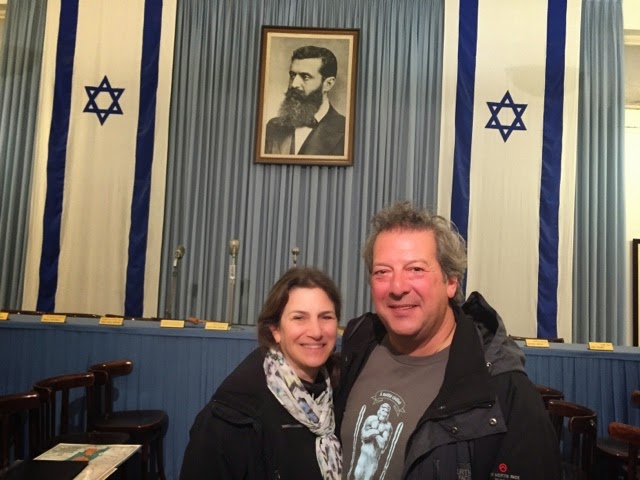
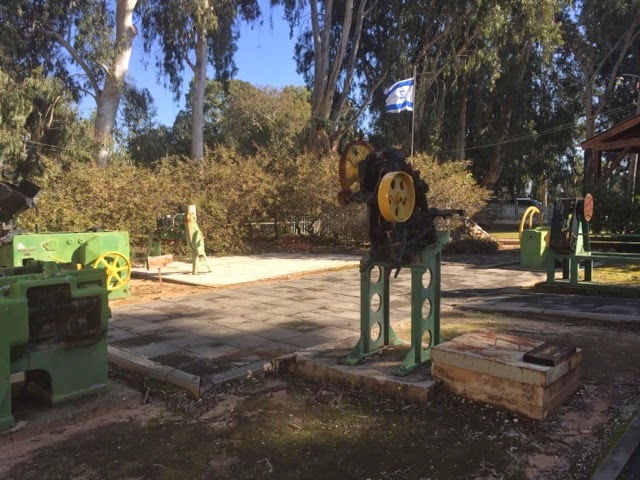
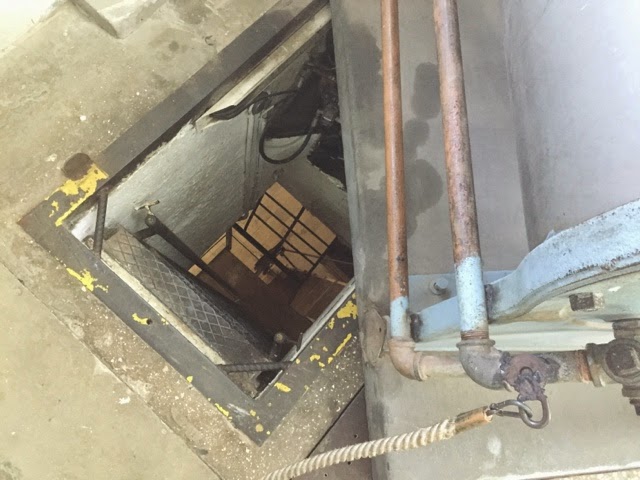
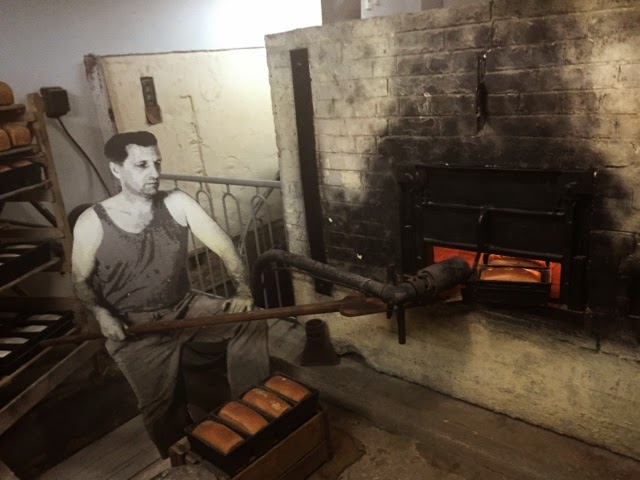
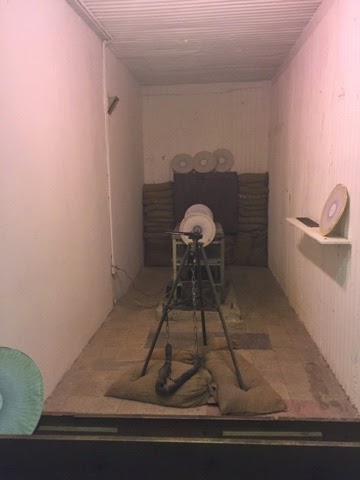
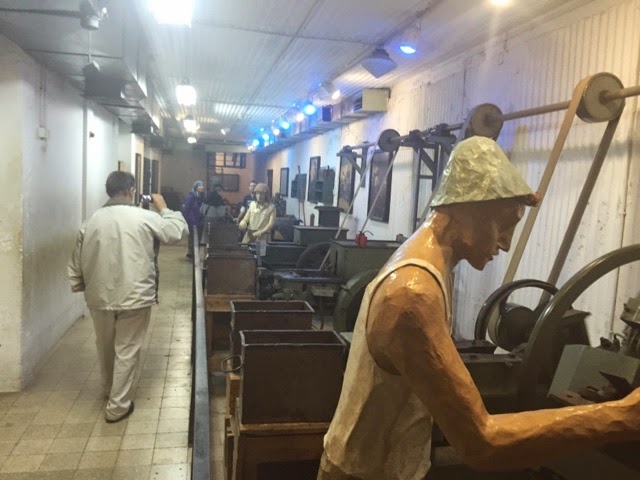
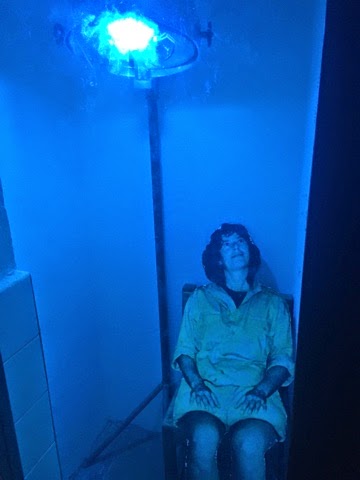


No Comments